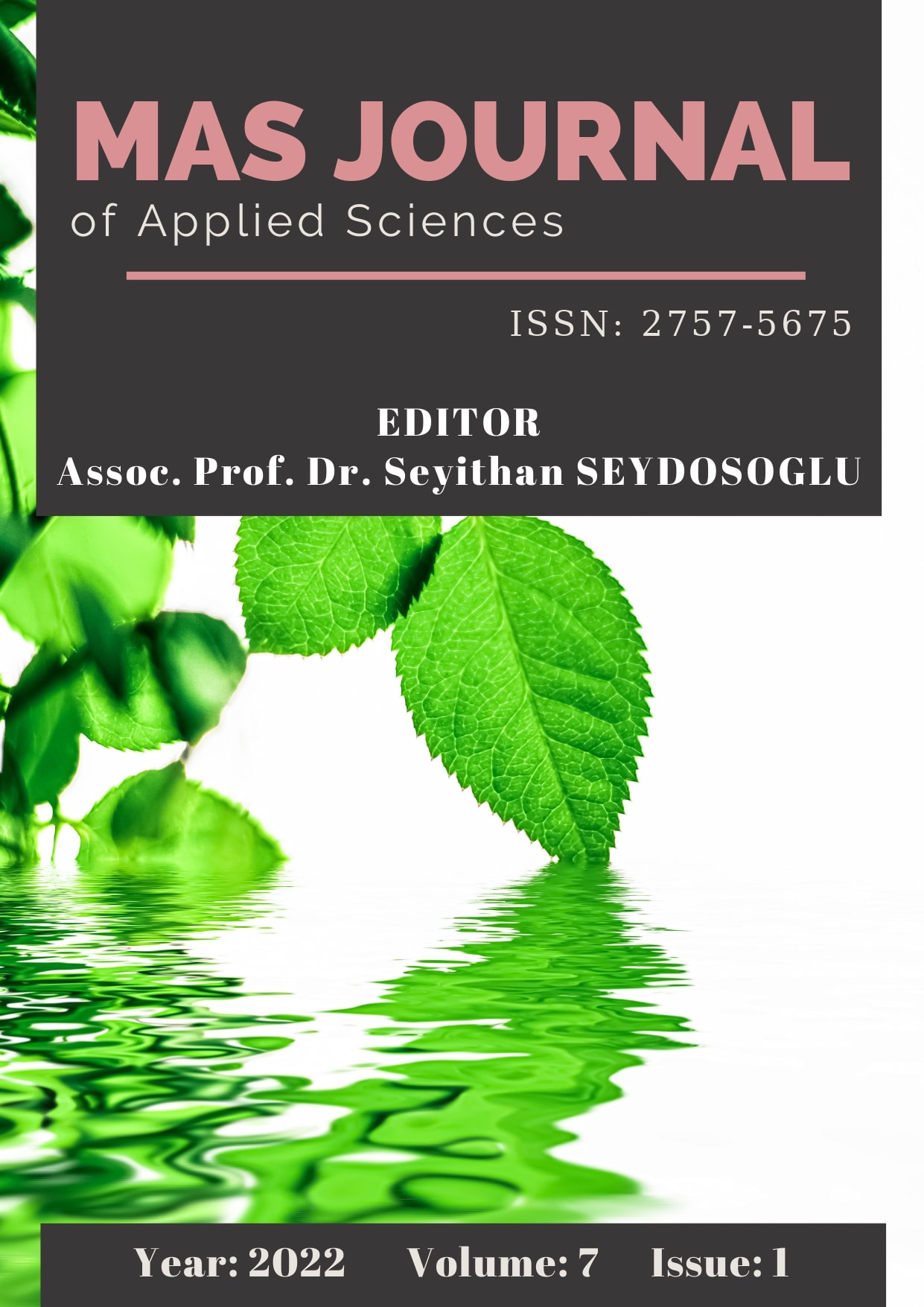Comparison of Morphological Organs of Some Quinoa (Chenopodium quinoa Willd.) Genotypes in terms of Nutritional Values
DOI:
https://doi.org/10.52520/masjaps.209Keywords:
Quinoa, plant organs, crude protein, ADF, NDFAbstract
This research was carried out to compare the nutritional values of different morphological organs of 9 quinoa(Cherry Vanilla, French Vanilla, Read Head, Rainbow, Titicaca, China Population, Moqu-Arrochilla, Oro De Valleand Q-52) genotypes in Bingöl conditions. The research was established in the trial field of Bingöl University GençVocational School Application and Research area during the 2019 growing period. The study was carried out withrandomized block design with four replications. The crude protein, crude ash, acid detergent fiber (ADF), neutraldetergent fiber (NDF), digestible dry matter (DDM), dry matter intake (DMI) rates and relative feed value (RFV) ofthe stems, leaves and bunches of quinoa genotypes used in the research were investigated. According to the results ofthe research; crude protein ratios of the quinoa genotypes varied between 5.0-9.4% in the stem, 13.7-22.% in the leafand 19.6-23.2% in the bunch, crude ash ratios between 7.8-14.3% in the stem, 23.9-29.4% in the leaf and 13.1-17.6%in the bunch, ADF ratios between 40.3-51.2% in the stem, 9.9-15.4% in the leaf and 11.9-16.8% in the bunch, NDFratios between 49.1-68.2% in the stem, 22.5-35.6% in the leaf and 24.3-32.0% in the bunch, DDM rates between 49.0-57.5% in the stem, 76.9-81.2% in the leaf and 75.8-79.6% in the bunch, DMI ratios between 1.76-2.44% in the stem,3.37-5.33% in the leaf and 3.75-4.93% in the cluster, RFV between 67-101 in the stem, 201-322 in the leaf and 224-298 in the cluster. According to the research result; the best values between the quinoa genotypes in terms of bothquality and digestibility were obtained from China population. Therefore; it is recommended that the Chinesepopulation can be raised in Bingöl and similar ecologies.
Downloads
Published
How to Cite
Issue
Section
License
Copyright (c) 2022 The copyright of the published article belongs to its author.

This work is licensed under a Creative Commons Attribution-NonCommercial 4.0 International License.


